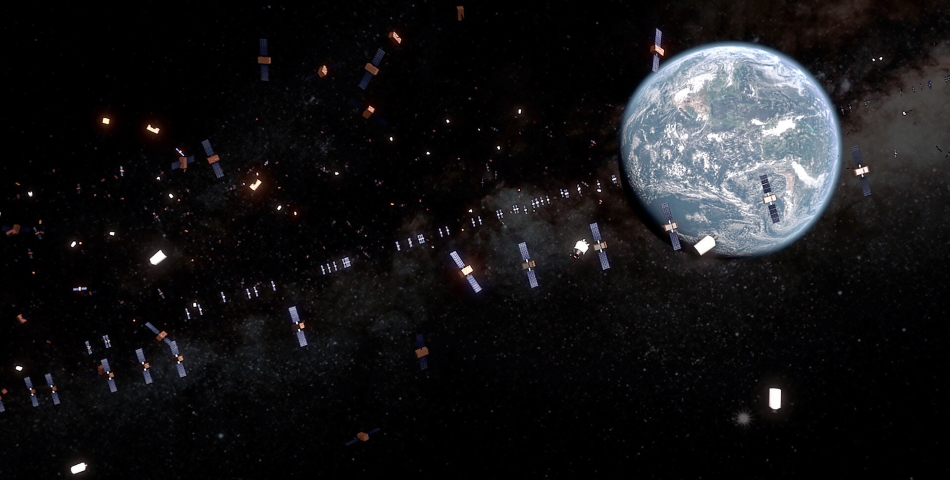Speaker
Description
In this talk we will present the ongoing activities at Politecnico di Milano on space debris risk assessment and mitigation. A particular emphasis will be given on how we leverage, and exploit tools made available by ESA Space Debris Office such as MASTER, DRAMA and OSCAR.
The THEMIS software, developed by PoliMi and DEIMOS UK under an ESA funded study, will allow assessing the space debris index of a given mission that can be characterised in terms of trajectory evolution for the launch, operational and end-of-life phase, spacecraft mass, cross area and reflectivity and drag coefficients. The risk is evaluated as the collision probability during the mission times the fragmentation effects plus the explosion probability times the effect of the explosion on the same set of representative targets selected from DISCOS. The collision risk is assessed via MASTER population files and flux information, while the explosion probability is assessed though statistical analyses by using DISCOS data. For assessing the fragmentation effects, the collision probability is estimated through the STARLING 2.0 tool, developed at Politecnico di Milano, to characterise the time evolution of the distribution of space debris density in the phase space of the orbital elements. The space debris density and the characteristic lines, representing the fragments‘ orbit evolution, are computed with PlanODyn, a semi-analytical propagation tool which allows including all orbit perturbations and computing the Jacobian and Hessian of the dynamics. Explosion and collision effect maps are computed through extensive simulations and then stored for multiple index computations. The mission profile is propagated via OSCAR or can be inputted as OEM file by the s/c operator. In the following part of the THEMIS development, the index on multiple mission will be aggregated on all the space debris population to assess the overall space capacity and will be interfaced with the DELTA long-term evolution tool.
While THEMIS uses synthetic fragmentations for assessing the space debris index, the actual collision probability needs to be assessed also in the case of real in orbit collisions or explosions. To this aim, the PUZZLE tool was developed under an ASI funded project, to characterise the fragmentation event starting from the TLE of uncatalogued fragments. The fragments are backward propagated using SGP4 for short-time assessment or PlanODyn for medium to long-time assessment, the orbits are filtered through a sequence of pruning criteria on the MOID, the orbital elements families and the time at Close Approach (CA). In this way the fragments belonging to the event are identified together with the parent objects. Once the fragmentation is characterised, the STALING 2.0 tool can be used to assess the riskiest orbits and threatened missions. In case a possible CA is identified the MISS tool can be used for computing the required collision avoidance manoeuvre to maximise the MOID at CA or to minimise the collision probability. The manoeuvre can be modelled either as an impulsive effect or a low-thrust slow push or a perturbation enhanced orbit change when a solar or drag sail is considered.
Finally, maps of debris fluxes from MASTER are used in several mission design processes to statistically characterise orbital regions in terms of debris flux, debris particles and relative direction of the incoming velocity. These kind of analysis has been used, for example, for the definition of the requirements and operational phase of the ASI funded e.Cube mission project, which will validate in-orbit the sub-millimetre space debris population, and for the DSBDM project, funded by ESA.
In this directions, current activities at Politecnico di Milano are also focused on exploiting the continuum-based STARLING approach to derive a population evolution model for space debris long term simulations. Moreover, we are working on constructing an EOL planner based on the semi-average orbit evolution within the PlanOyn approach. Within these activities validation with real data is the next open challenge.

